Home>Storage & Organization>Closet & Wardrobe Organization>How To Organize A Slanted Closet
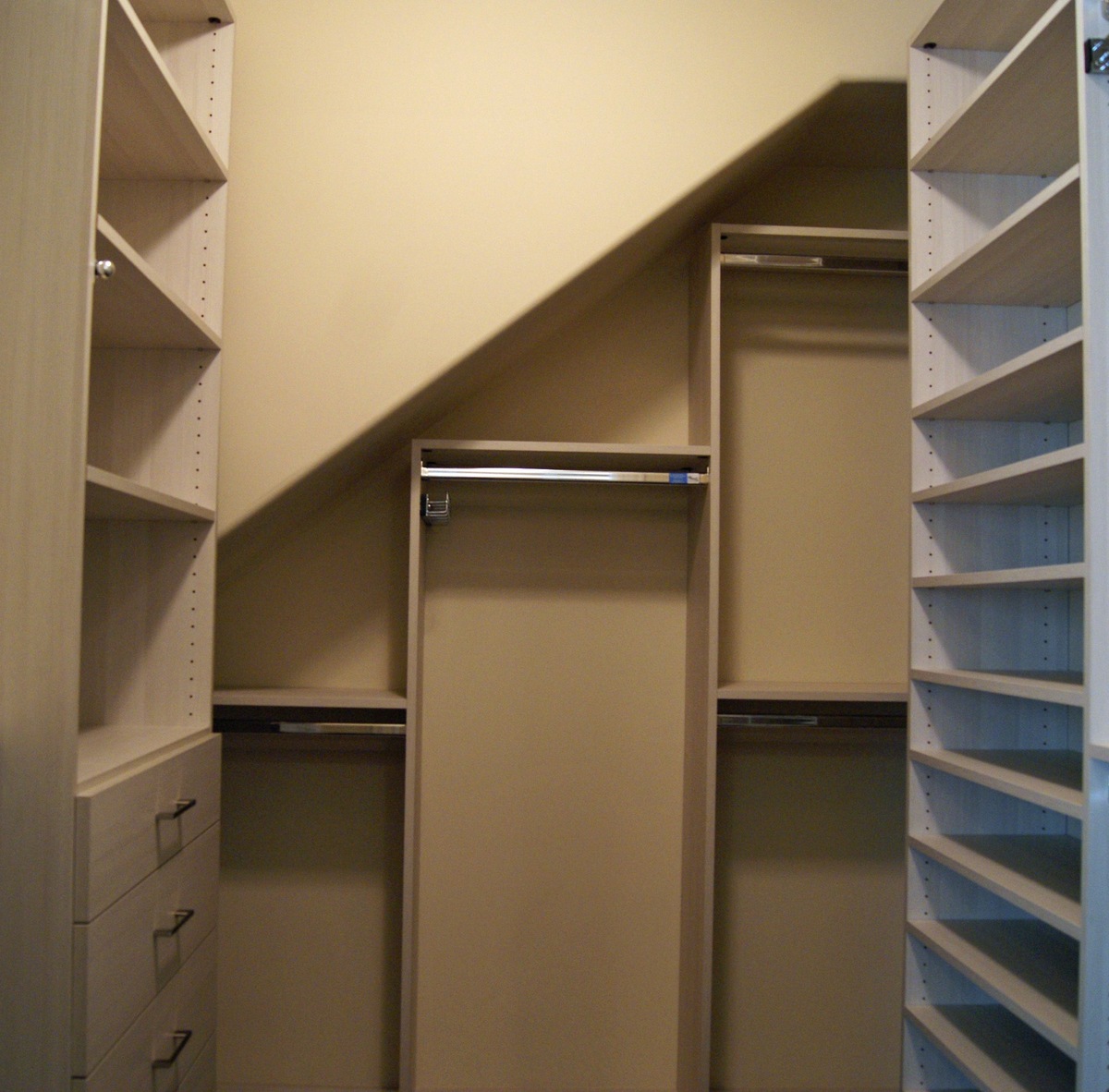

Closet & Wardrobe Organization
How To Organize A Slanted Closet
Published: March 2, 2024
Learn how to efficiently organize a slanted closet with our expert tips and tricks for effective closet and wardrobe organization. Transform your space today!
(Many of the links in this article redirect to a specific reviewed product. Your purchase of these products through affiliate links helps to generate commission for Storables.com, at no extra cost. Learn more)
Assessing the Space
Before diving into organizing a slanted closet, it's crucial to assess the space and understand its unique layout. Start by taking measurements of the slanted area, including the height, width, and depth. This will help you determine the available space for different storage solutions. Additionally, take note of any obstructions such as light fixtures or vents that may affect the organization process. Understanding the dimensions and limitations of the slanted closet will guide your decisions when selecting storage systems and maximizing the space.
Key Takeaways:
- Make the most of a slanted closet by using vertical space with tall shelving units, hanging organizers, and stackable storage bins. This maximizes storage while keeping the closet well-organized and functional.
- Optimize a slanted closet by strategically hanging clothes with short and long rods, slimline hangers, and pull-down rods. Adding hooks, rods, and maximizing floor space creates a well-organized and accessible storage area.
Read more: How To Organize Shorts In A Closet
Sorting and Decluttering
Sorting and decluttering are essential steps in organizing a slanted closet. Start by removing all items from the closet and sorting them into categories such as clothing, shoes, accessories, and miscellaneous items. As you go through each item, ask yourself if it's something you use regularly or if it holds sentimental value. If not, consider donating, selling, or discarding it. This process helps reduce the number of items to be organized, making it easier to optimize the space in the slanted closet.
Next, assess the condition and functionality of the items. Check for any damaged or worn-out clothing, shoes, or accessories that may need repair or replacement. By decluttering and getting rid of items that are no longer useful, you create more space and make room for the things that truly matter. It's also an opportunity to let go of items that no longer align with your style or lifestyle, keeping your slanted closet organized and tailored to your current needs.
Utilizing Vertical Space
When dealing with a slanted closet, utilizing vertical space is a game-changer. Since the slanted ceiling creates an awkward angle, making the most of the vertical space becomes crucial. One effective way to do this is by installing tall shelving units that can accommodate various items such as folded clothes, shoes, and accessories. These units can be customized to fit the height of the slanted area, maximizing every inch of available space.
Another vertical storage solution is hanging organizers. These can be attached to the slanted wall or the back of the closet door, providing compartments for smaller items like jewelry, scarves, or socks. By utilizing the vertical space for these smaller items, you free up valuable shelf and floor space for larger belongings.
Additionally, consider incorporating stackable storage bins. These bins can be stacked on top of one another, effectively utilizing the vertical space while keeping items neatly organized. Labeling the bins can further streamline the organization process, making it easier to locate specific items without having to rummage through multiple containers.
By thinking vertically and implementing these storage solutions, you can make the most of the often underutilized space in a slanted closet, creating a well-organized and functional storage area.
Installing Adjustable Shelving
Installing adjustable shelving in a slanted closet offers a versatile and customizable storage solution. The beauty of adjustable shelving lies in its adaptability to the unique angles and dimensions of a slanted closet. Before installation, it's essential to measure the slanted area accurately to ensure the shelving units fit seamlessly.
One of the key advantages of adjustable shelving is the ability to modify the shelf heights based on the items being stored. This flexibility allows for accommodating various clothing items, shoes, and accessories of different sizes. When installing the shelving, consider using brackets that can be easily repositioned to suit the changing storage needs over time.
Another benefit of adjustable shelving is the ease of reconfiguration. As your storage requirements evolve, the shelves can be adjusted or even removed to create more space for bulkier items or to accommodate changes in the closet layout. This adaptability makes adjustable shelving a long-term solution for organizing a slanted closet.
When selecting adjustable shelving systems, opt for materials that are durable and can withstand the weight of the items being stored. Additionally, consider the aesthetic appeal of the shelving units to complement the overall look of the closet.
By installing adjustable shelving in a slanted closet, you can create a functional and organized storage space that maximizes the available area while adapting to your evolving storage needs.
Use shelf dividers to keep items from falling over in a slanted closet. This will help maximize space and keep things organized.
Using Storage Bins and Baskets
When it comes to organizing a slanted closet, storage bins and baskets are invaluable tools for maximizing space and keeping items neatly arranged. These versatile storage solutions come in various sizes, shapes, and materials, offering flexibility in accommodating different types of belongings.
One effective approach is to utilize stackable storage bins that can be easily arranged to fit the slanted dimensions of the closet. These bins are ideal for storing folded clothes, accessories, or shoes, and their stackable nature allows for efficient use of vertical space. Opt for clear bins to easily identify the contents without having to open each one, saving time and effort when searching for specific items.
In addition to stackable bins, decorative baskets can add a touch of style while serving as practical storage containers. These baskets can be placed on shelves or the floor of the slanted closet to hold items such as scarves, belts, or small accessories. Wicker, woven, or fabric baskets not only provide functional storage but also contribute to the aesthetic appeal of the closet.
For smaller items like jewelry, socks, or ties, consider using smaller storage containers or baskets with compartments. These specialized organizers help keep small items from getting lost in the depths of the closet and make it easier to maintain an organized space. Utilizing these smaller storage solutions prevents clutter and ensures that every item has its designated place.
Labeling the storage bins and baskets further enhances the organization process, allowing for quick identification of the contents. Whether using adhesive labels, chalkboard tags, or marker pens, clear labeling simplifies the task of locating specific items and promotes a clutter-free environment.
By incorporating storage bins and baskets into the organization of a slanted closet, you can optimize the available space, keep items neatly arranged, and add a touch of personal style to the storage area. These practical and visually appealing storage solutions contribute to a well-organized and functional closet space.
Read more: How To Organize A Utility Closet
Hanging Clothes Strategically
When it comes to organizing a slanted closet, hanging clothes strategically is a crucial aspect of maximizing the available space. Since the slanted ceiling creates a unique challenge for traditional hanging rods, it's essential to approach this task with creativity and efficiency.
One effective strategy is to install a combination of short and long hanging rods. The shorter rods can be positioned in the lower areas of the closet, making use of the space with limited vertical clearance. These sections are ideal for hanging shirts, blouses, and shorter garments. On the other hand, the longer hanging rods can be placed in the higher, more accessible areas of the closet, accommodating longer items such as dresses, coats, and suits.
Another approach is to utilize slimline hangers. These hangers are designed to be thinner than traditional hangers, allowing for more garments to fit within the same space. The slimline design not only maximizes hanging capacity but also creates a more uniform and visually appealing look within the closet.
For items that are not frequently used or are out of season, consider incorporating pull-down rods. These innovative mechanisms allow you to lower the hanging rod for easy access and then raise it back up to maximize space when not in use. Pull-down rods are particularly beneficial in the higher, harder-to-reach areas of the slanted closet, providing a convenient solution for storing less frequently accessed clothing items.
Additionally, cascading hangers can be utilized to optimize hanging space for items such as skirts, pants, or scarves. These hangers feature multiple hooks or clips, allowing several items to be hung vertically from a single hanger. By cascading the items, you can effectively utilize the vertical space while keeping the closet organized and easily accessible.
By strategically arranging the hanging rods and utilizing space-saving hangers, you can make the most of the vertical clearance in a slanted closet, creating a well-organized and efficient clothing storage area.
Adding Hooks and Rods
In a slanted closet, adding hooks and rods can significantly enhance the organization and functionality of the space. Hooks provide a convenient solution for hanging items that may not fit well on traditional hangers or require easy accessibility. When installing hooks in a slanted closet, consider their placement to maximize the available space. For example, attaching hooks to the slanted ceiling or walls can create additional hanging areas for items such as handbags, scarves, or belts. By utilizing the vertical clearance, these hooks contribute to a more efficient use of space while keeping frequently used accessories within reach.
In addition to hooks, installing additional rods can expand the hanging capacity of the slanted closet. These rods can be positioned at varying heights to accommodate different types of clothing or accessories. For instance, lower rods can be utilized for shorter garments or folded pants, while higher rods can be designated for longer items such as dresses or coats. By incorporating multiple rods, you create a more versatile hanging space that caters to a diverse range of clothing and accessories.
When selecting hooks and rods, opt for durable and sturdy materials that can support the weight of the items being hung. Additionally, consider the aesthetic appeal of these fixtures to complement the overall look of the closet. By strategically adding hooks and rods, you can optimize the hanging capacity of the slanted closet, creating a well-organized and accessible storage area for a variety of items.
Maximizing Floor Space
When it comes to organizing a slanted closet, maximizing floor space is essential for creating a functional and well-organized storage area. Since the slanted ceiling limits the vertical clearance, making efficient use of the available floor space becomes crucial for accommodating various items and maintaining accessibility.
One effective strategy for maximizing floor space in a slanted closet is to utilize modular storage units or cubbies. These units can be tailored to fit the dimensions of the slanted area, providing designated compartments for shoes, folded clothes, or storage bins. By incorporating modular storage, you create a structured and visually appealing layout that optimizes the floor space while keeping items neatly arranged.
Additionally, consider incorporating under-shelf or under-rod storage solutions. These accessories can be attached beneath the existing shelves or hanging rods, effectively utilizing the often underutilized space below. Under-shelf baskets or dividers can hold smaller items or accessories, while under-rod storage can accommodate shoes or folded garments. By capitalizing on the underutilized areas, you expand the storage capacity without occupying additional floor space.
Another approach to maximizing floor space is to install a shoe rack or organizer near the base of the slanted closet. Shoe racks come in various designs, including stackable shelves, hanging organizers, or angled racks that fit the slanted area. By dedicating a specific area for shoe storage, you prevent clutter on the closet floor and maintain a tidy and accessible space for footwear.
Furthermore, consider incorporating pull-out drawers or bins that can be installed at the lower sections of the slanted closet. These drawers provide concealed storage for items that may not be suitable for open shelving or hanging. By integrating pull-out storage, you create a seamless and organized floor space while keeping items easily accessible when needed.
By implementing these strategies, you can effectively maximize the floor space in a slanted closet, creating a well-organized and functional storage area that optimizes every inch of available space.
Frequently Asked Questions about How To Organize A Slanted Closet
Was this page helpful?
At Storables.com, we guarantee accurate and reliable information. Our content, validated by Expert Board Contributors, is crafted following stringent Editorial Policies. We're committed to providing you with well-researched, expert-backed insights for all your informational needs.

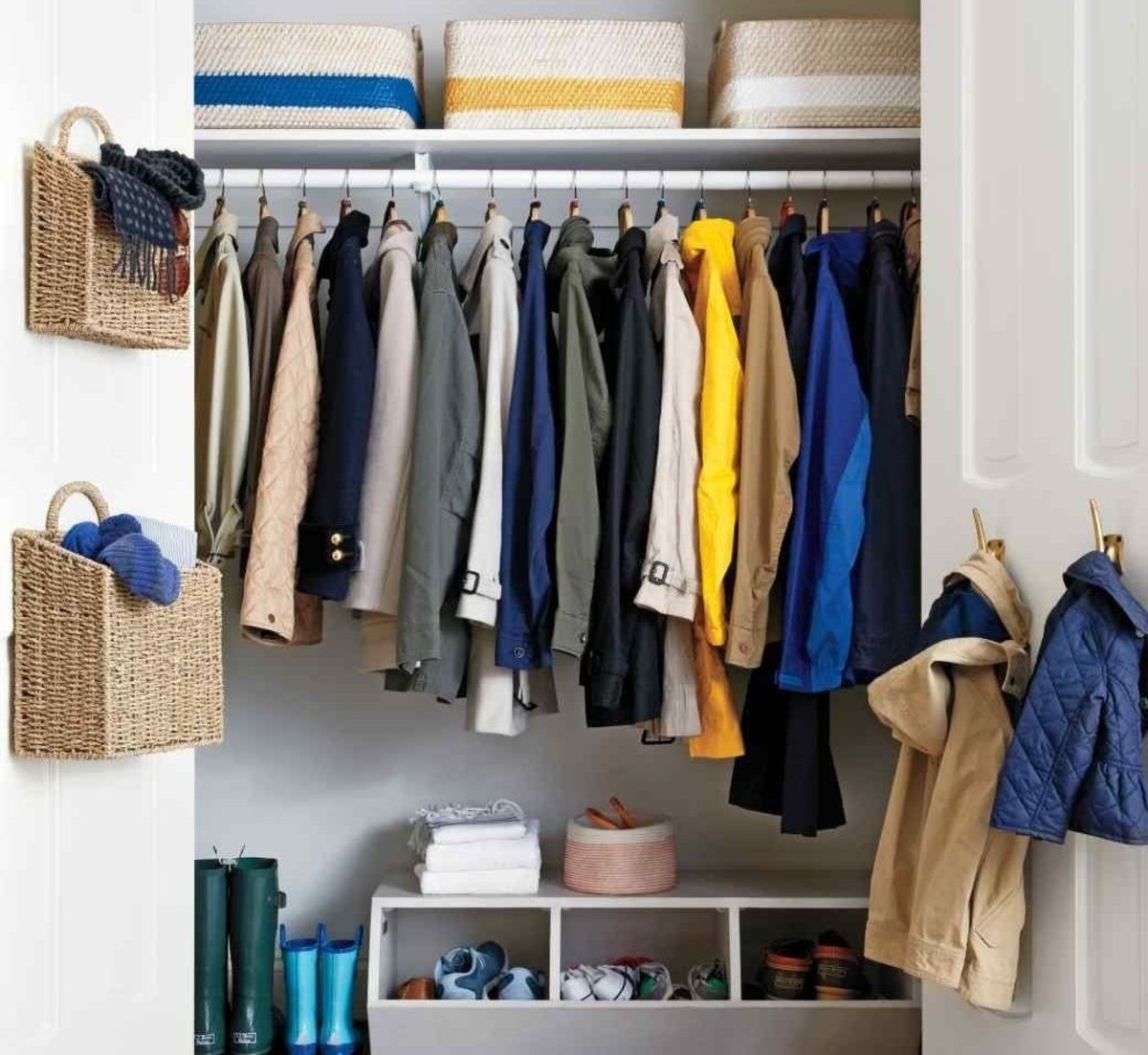
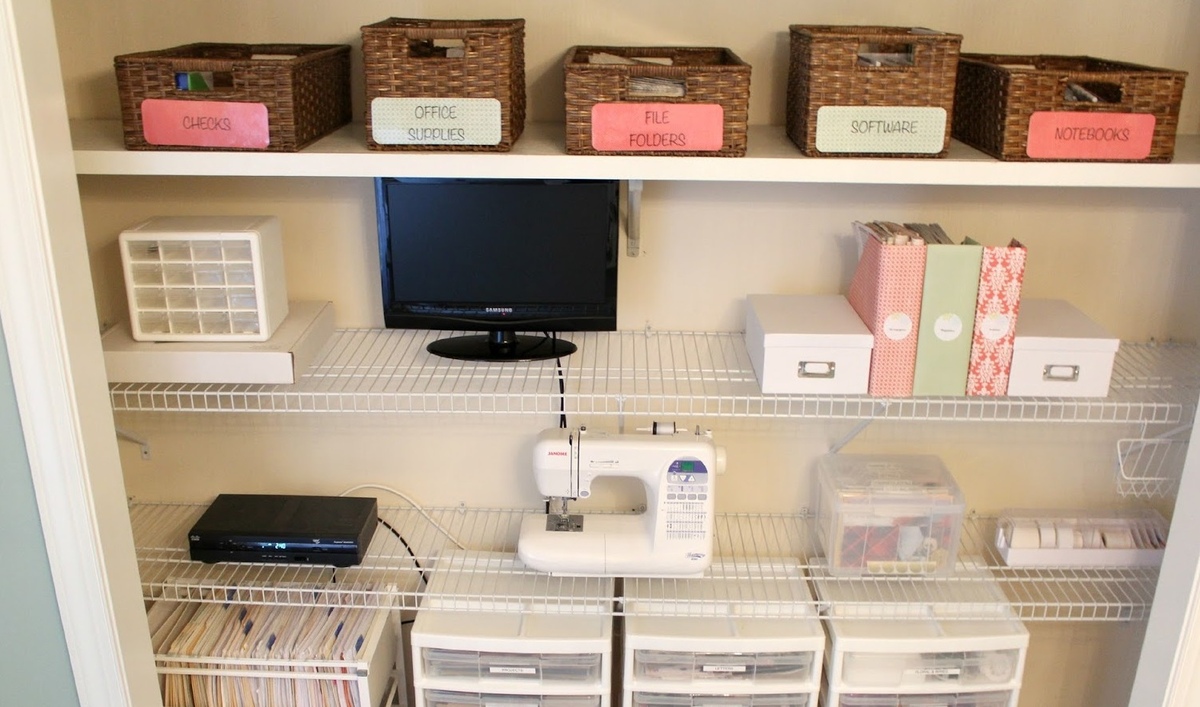
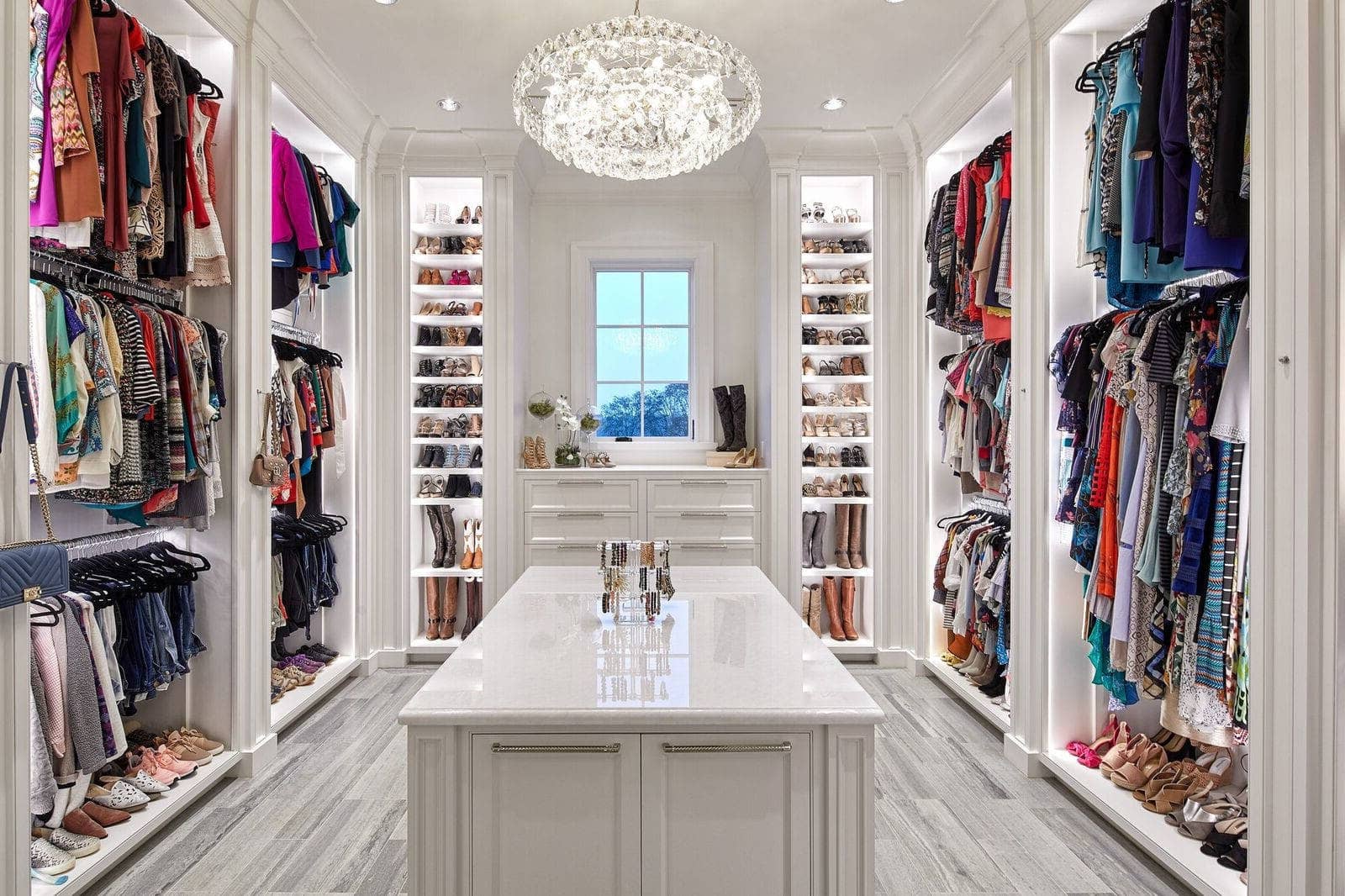
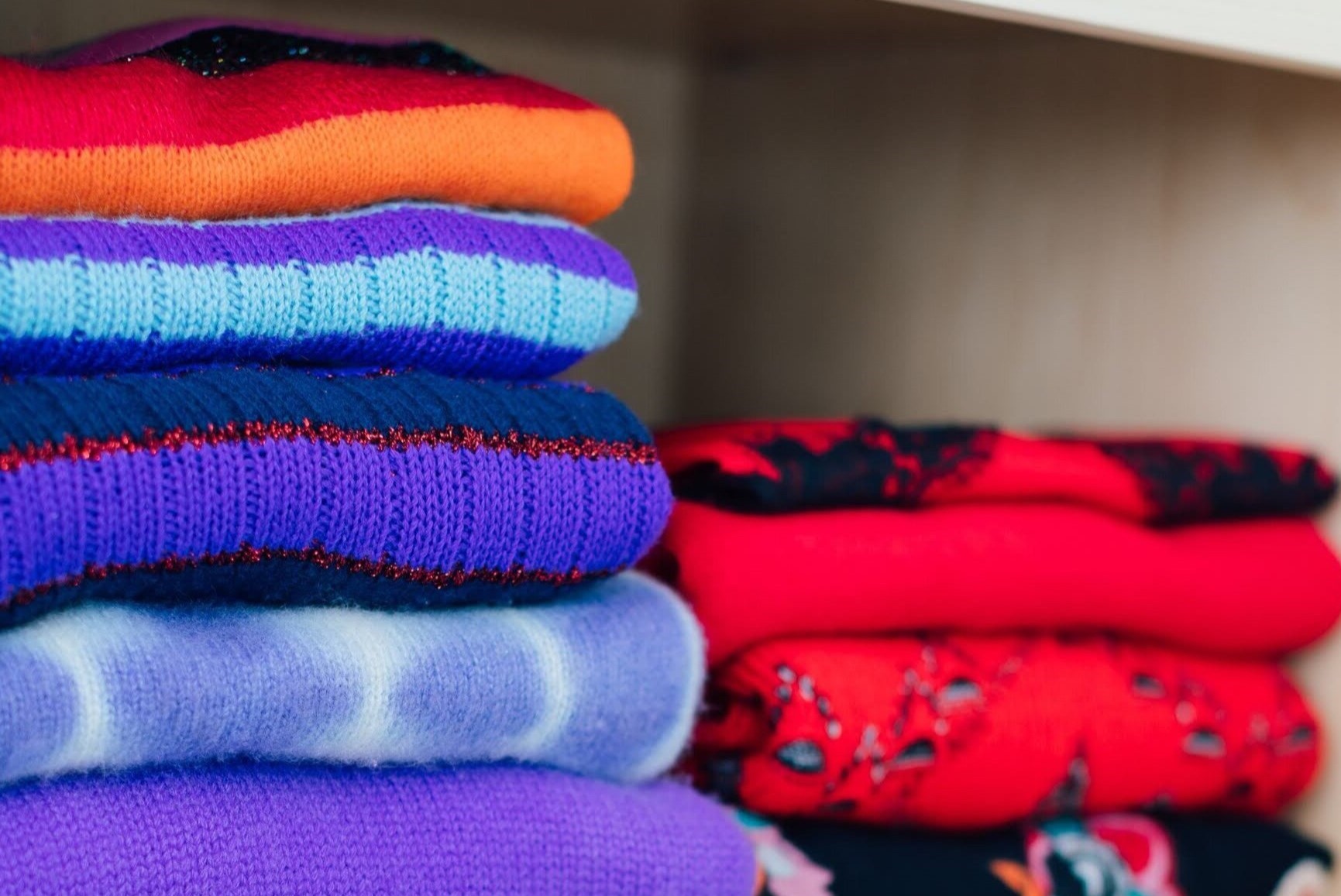
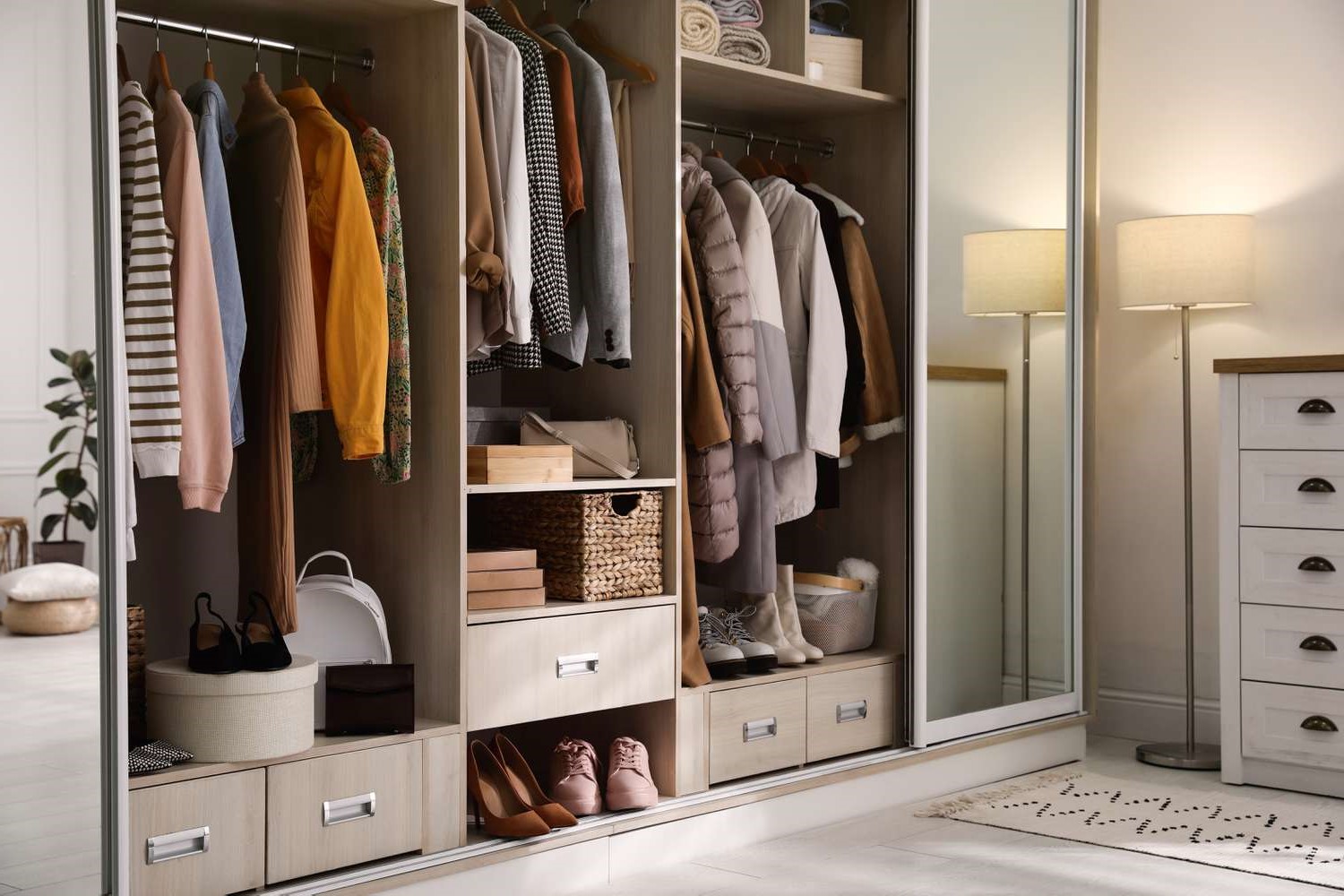
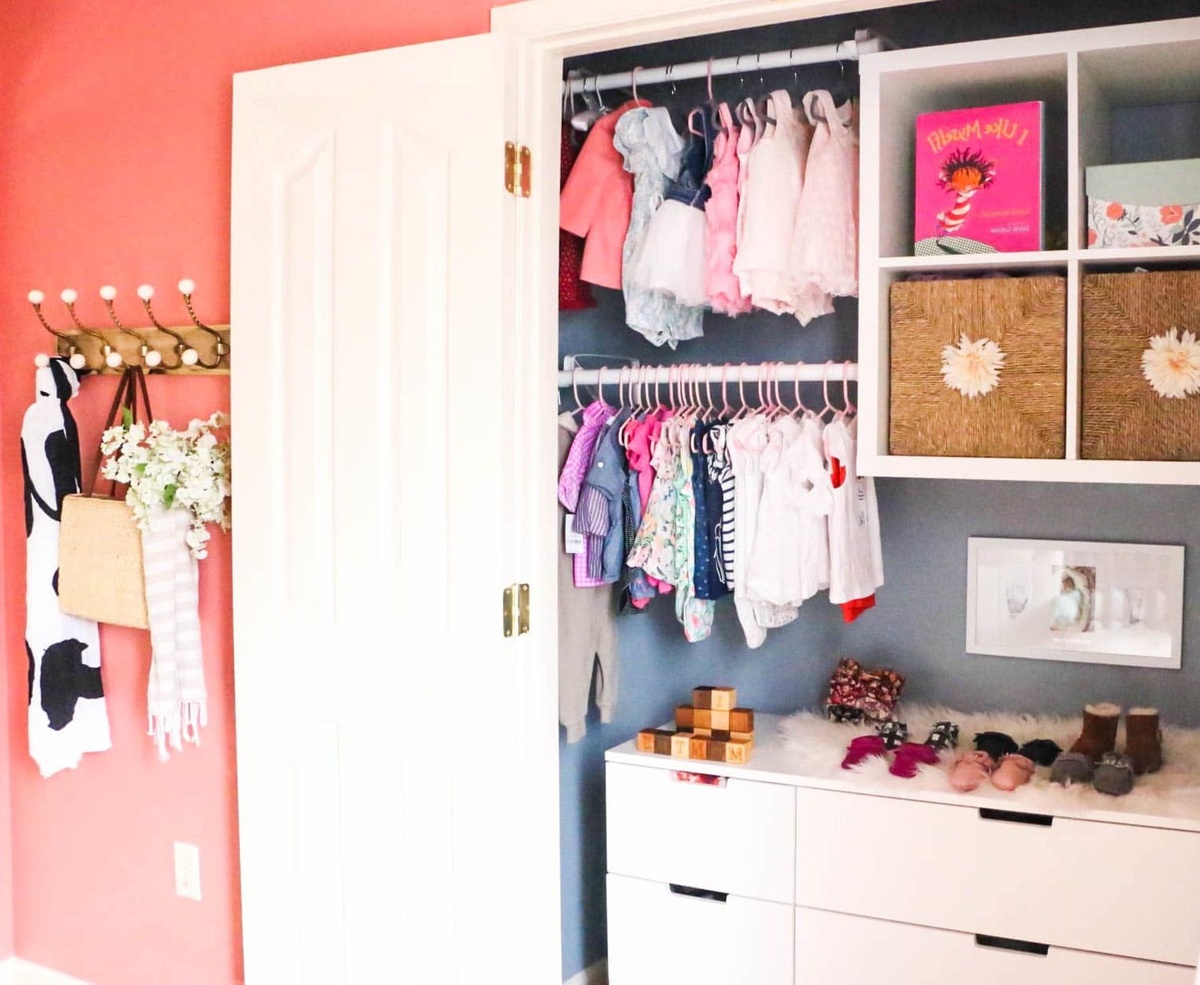

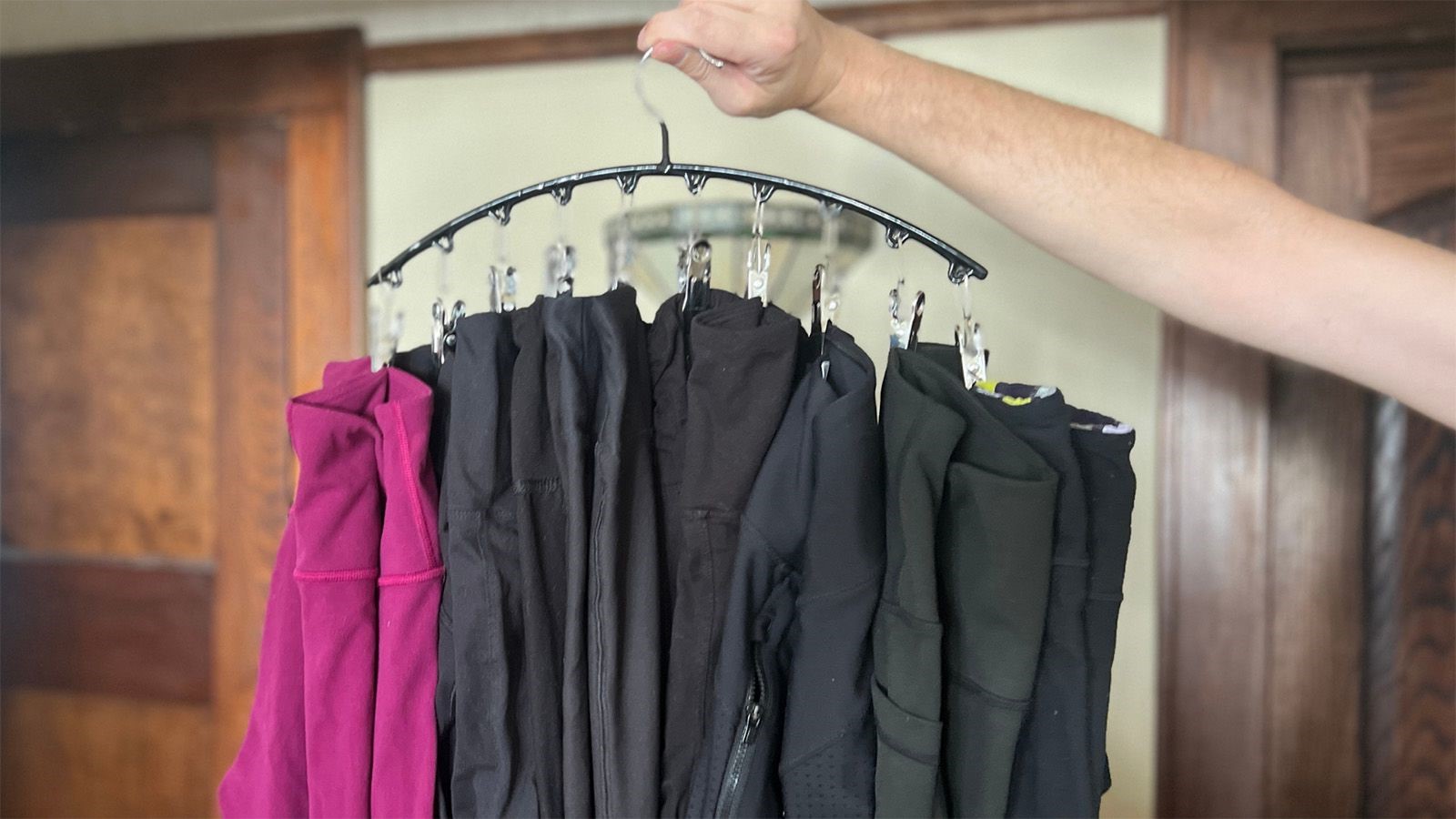
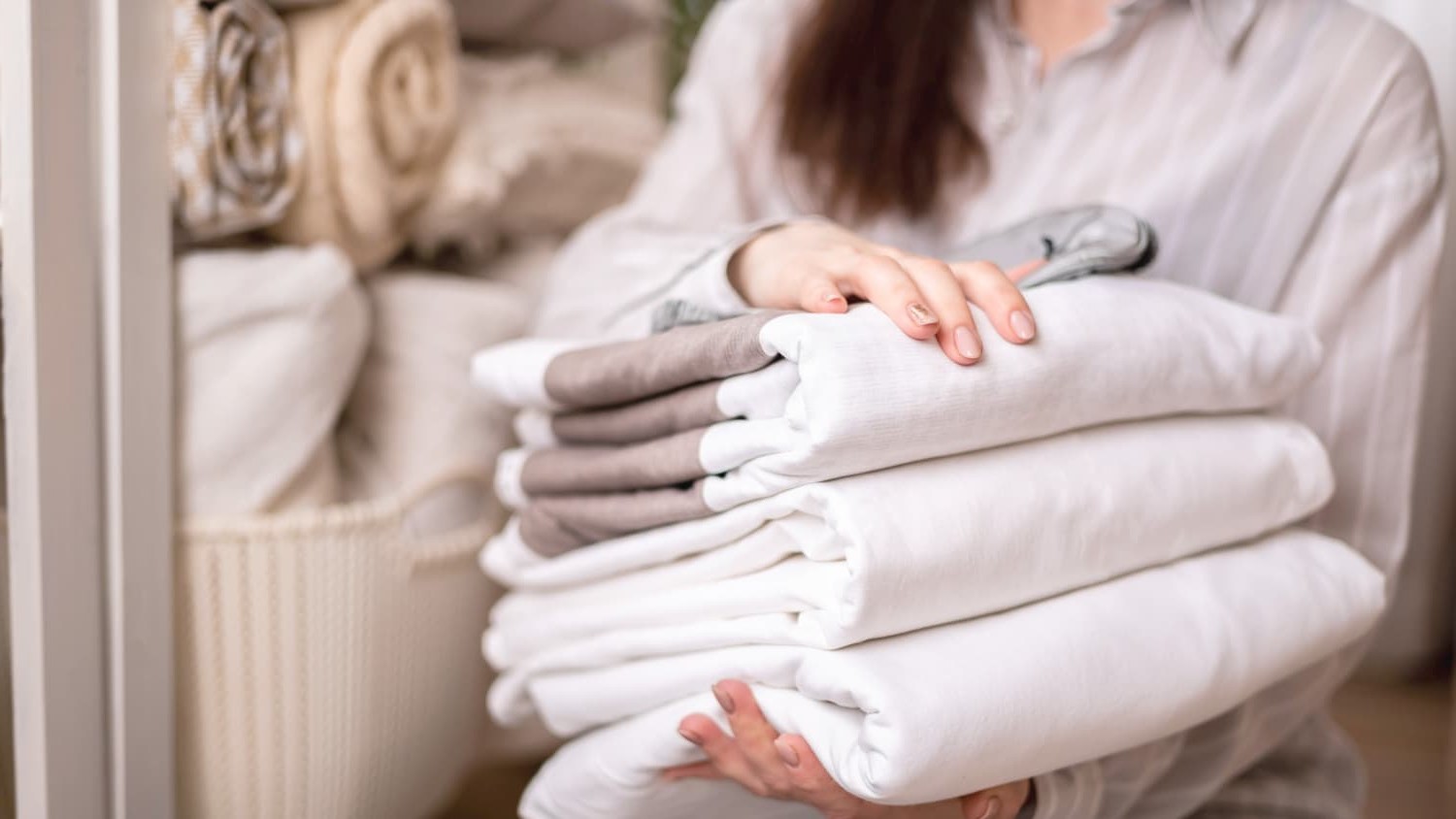

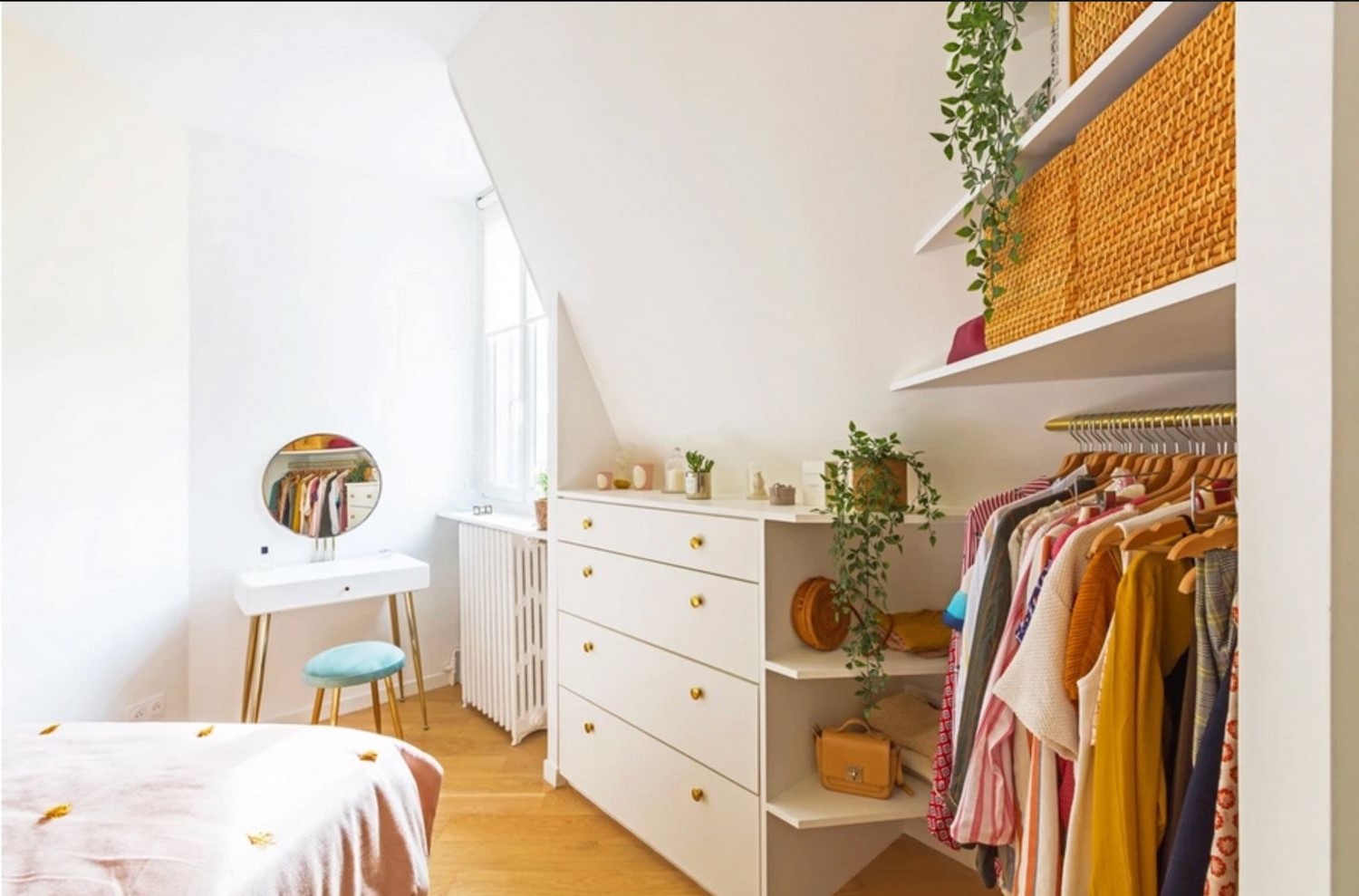
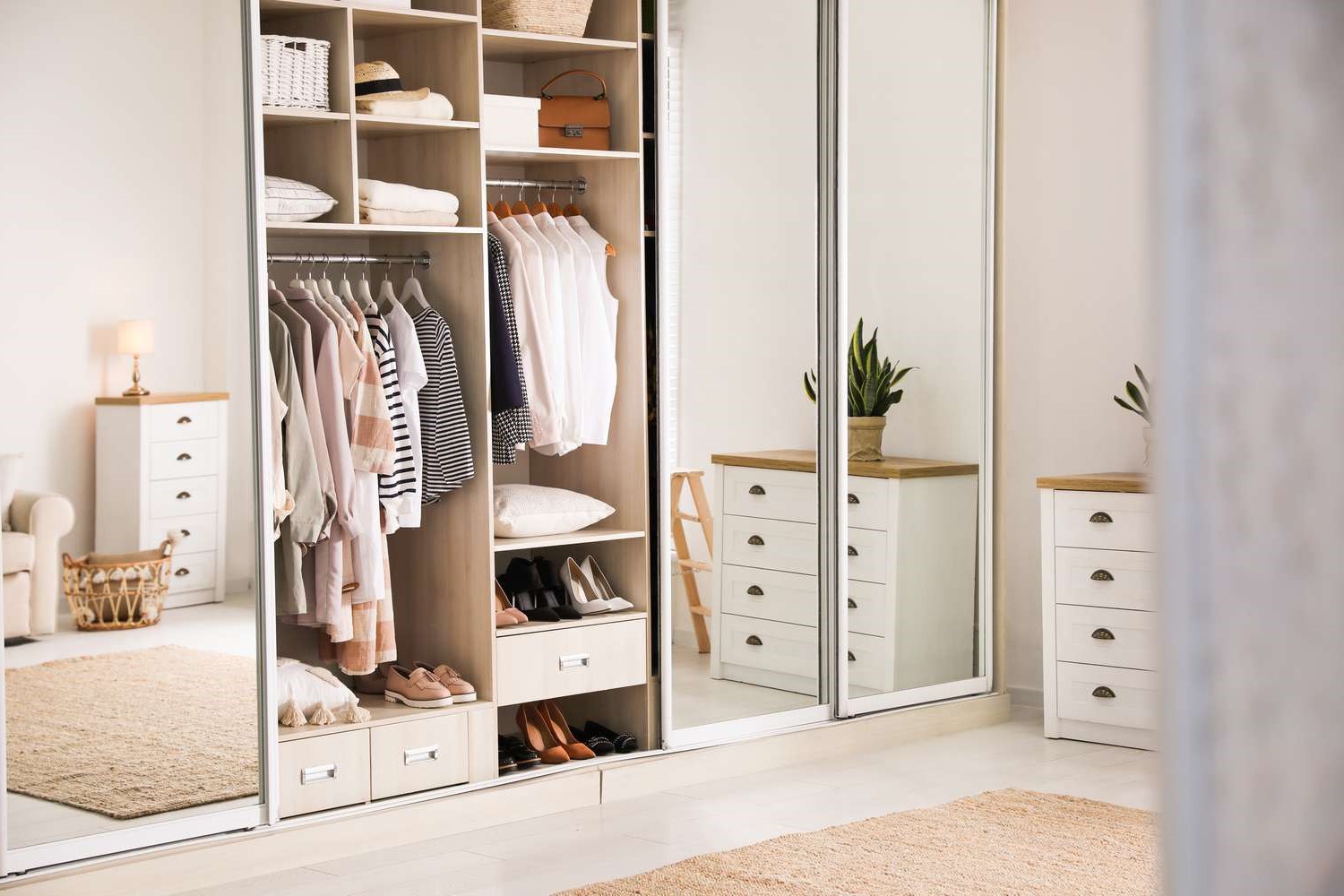
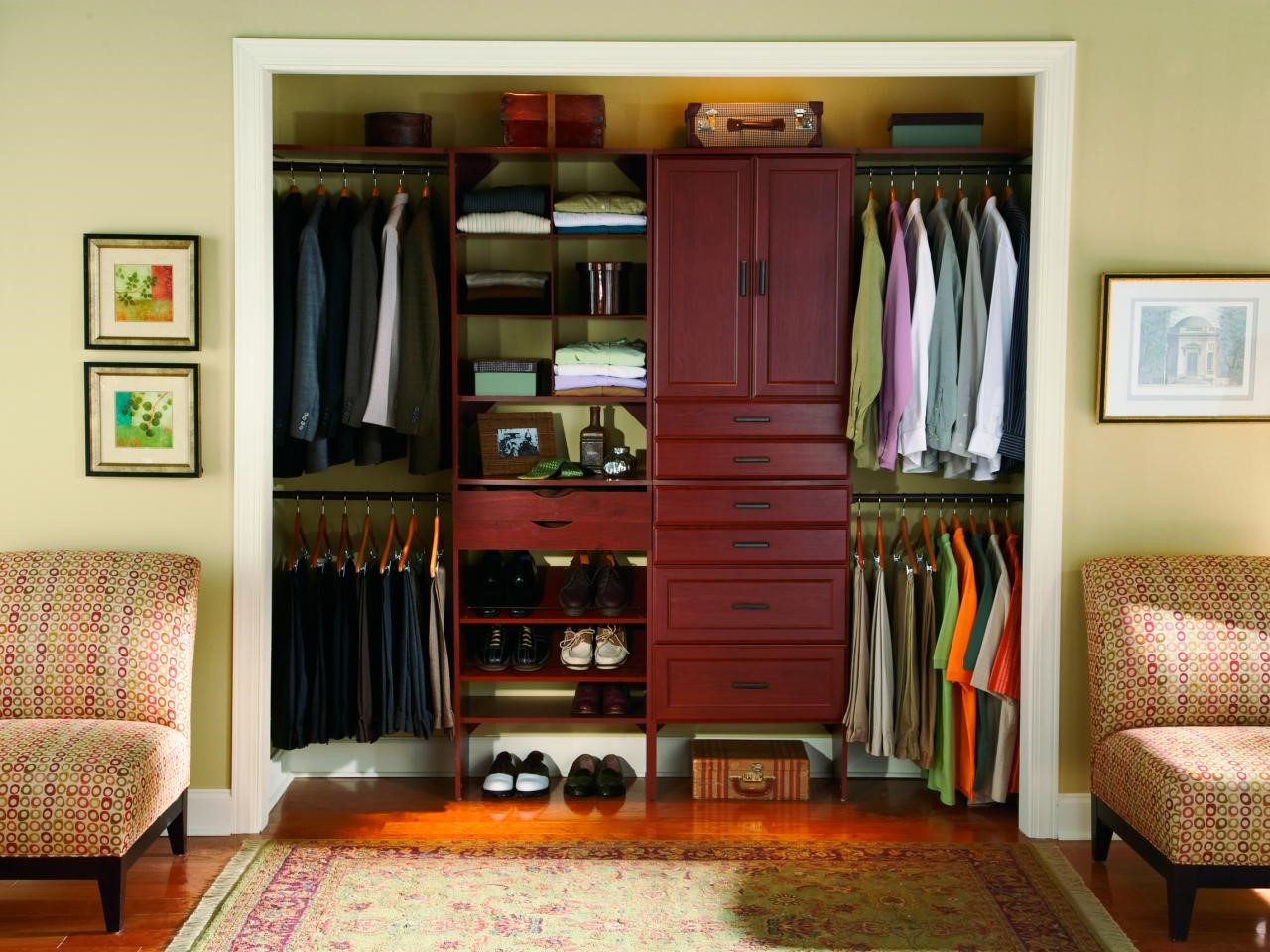

0 thoughts on “How To Organize A Slanted Closet”